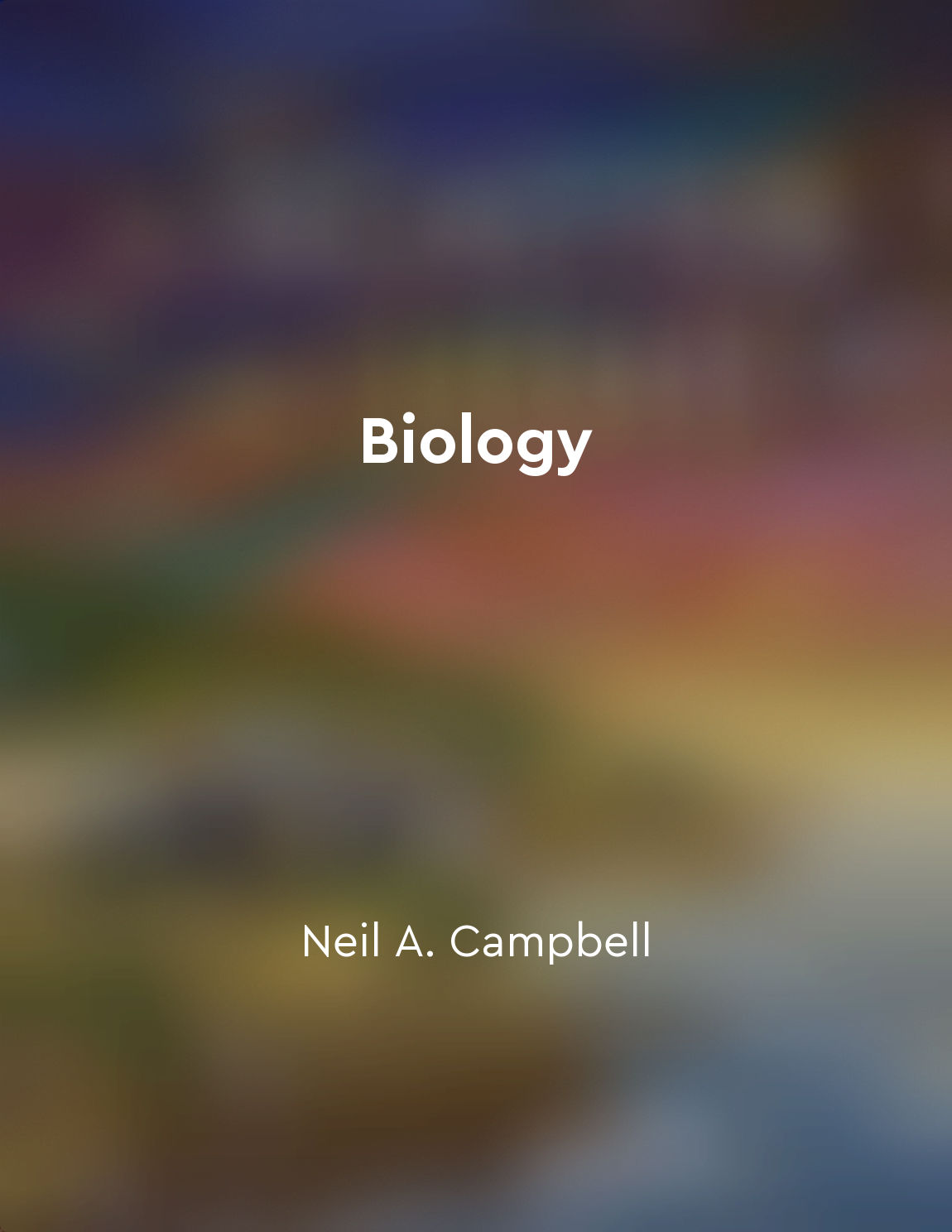Energy transformation in cells from "summary" of Biology by Neil A. Campbell
Energy transformation in cells is a fundamental process that allows living organisms to carry out their daily activities. The energy needed for these activities comes from the food we eat, which contains chemical energy stored in molecules like glucose. The process of energy transformation involves converting this chemical energy into a form that cells can use to power their functions. One of the key players in energy transformation in cells is adenosine triphosphate, or ATP. ATP is a molecule that stores and transfers energy within cells. When cells need energy to carry out a specific task, ATP releases energy by breaking a phosphate bond, converting ATP into adenosine diphosphate (ADP). This energy is then used by the cell to drive various processes such as muscle contraction, protein synthesis, and active transport. The conversion...Similar Posts
Alkanes, alkenes, and alkynes are basic types of hydrocarbons
Alkanes, alkenes, and alkynes are classified as basic types of hydrocarbons. These compounds are composed solely of carbon and ...

Atoms and molecules are perpetually in motion
Atoms and molecules are perpetually in motion. This perpetual motion is a fundamental characteristic of all matter in the unive...
DNA is the genetic material in all living organisms
The discovery that DNA is the genetic material in all living organisms was a groundbreaking moment in the field of biology. Thi...
Life is interconnected at all levels
Life, in all its complexity and diversity, is a web of interconnectedness that spans across various levels of existence. From t...

Organs are composed of multiple types of tissues
The human body is a complex structure made up of various organs, each with its own unique functions and characteristics. One ke...
Polymers are large molecules made up of repeating units called monomers
Polymers are large molecules formed through the repetition of smaller units known as monomers. These monomers link together in ...

Genetics is the study of inherited traits
Genetics, a branch of biology, deals with the study of inherited traits in living organisms. It involves the examination of gen...
Fasting enhances cognitive function
Fasting has been shown to have a positive impact on cognitive function. When we fast, our bodies enter a state of ketosis, whic...

Genetics plays a significant role in inherited traits
The inheritance of traits from parents to offspring is a fundamental aspect of biology. This passing down of characteristics is...
Viruses can be deadly
Viruses can be deadly. This is a simple fact that we are reminded of with alarming frequency. We are all familiar with the havo...

